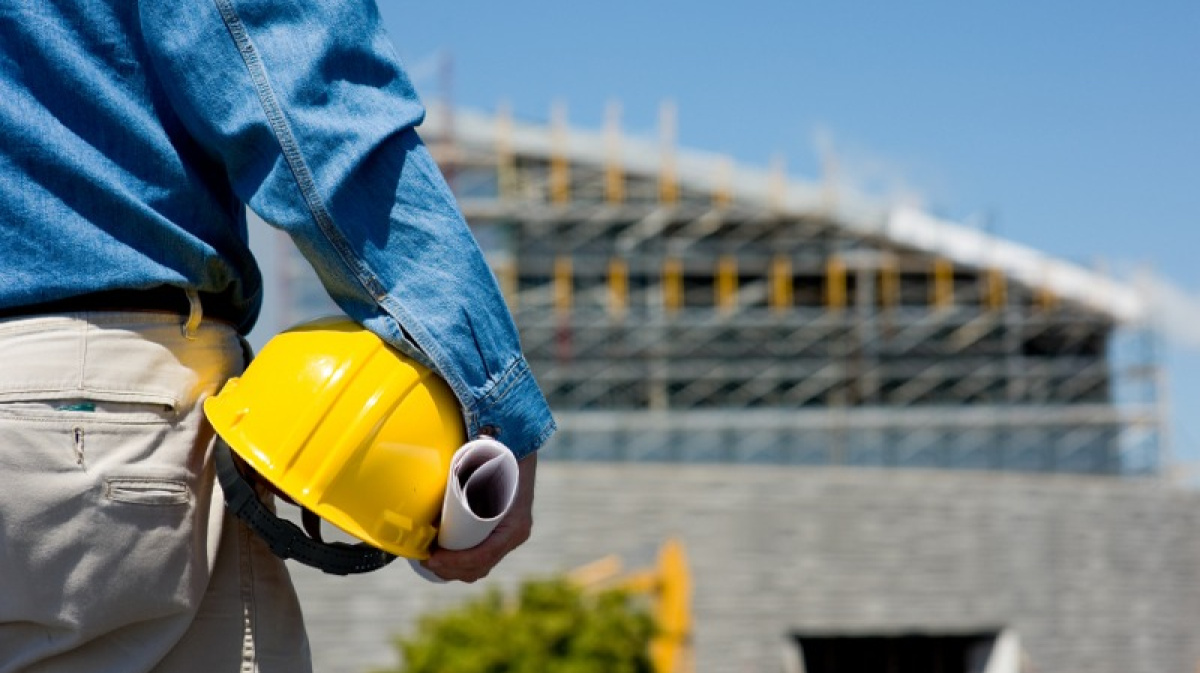
How to prepare a site for construction: the main stages
Site preparation is the first and one of the most important stages of construction, which directly affects the durability and safety of the future facility.
1. Conducting geodetic and geological surveys
Before starting work, it is necessary to know the features of the site. Geodetic survey allows you to determine the exact boundaries, relief, elevation marks. Geological surveys reveal the composition of the soil, the level of groundwater and possible risks of subsidence or flooding.
2. Clearing the territory
At this stage, old buildings, garbage, trees and bushes that interfere with construction are removed. The fertile soil layer is also removed (if necessary, it is stored for further improvement of the territory).
3. Site planning
The site is leveled according to the design documentation. This can be either complete leveling or preparation of individual sites for the foundation, paths or other structures.
4. Organization of drainage and water disposal
If necessary, a drainage system is installed to protect the future building from excess moisture. This is especially important in areas with high groundwater levels.
5. Installation of temporary communications
Before the main construction work begins, temporary power supply, water supply and utility rooms for the builders are often organized.
6. Foundation marking
After all the preparatory activities, the foundation and all the elements of the building are accurately marked.
Proper preparation of the site helps to avoid many problems in the future, minimizes risks, saves time and resources at the next stages of construction.